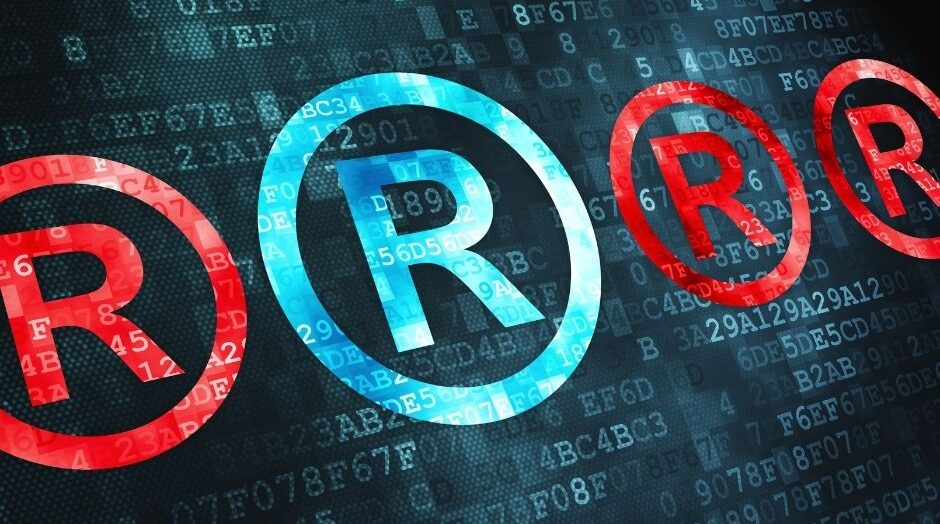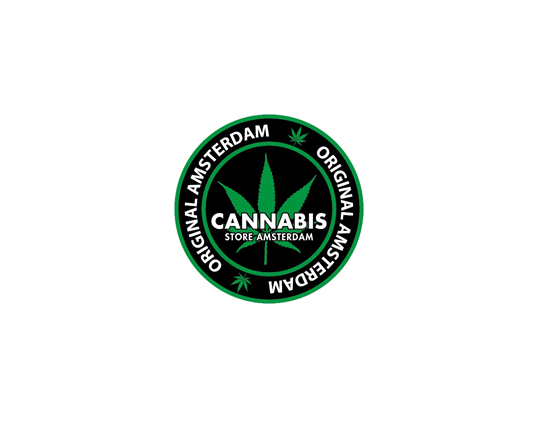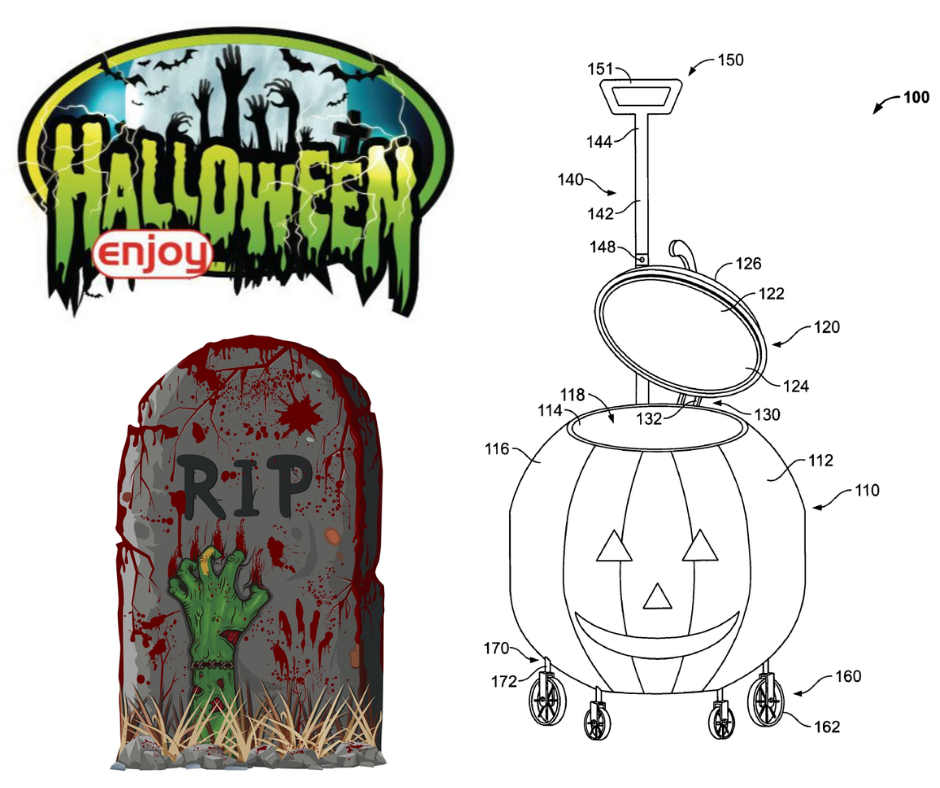The First Board of Appeal of the European Union Intellectual Property Office (EUIPO) presented its standpoint on the use of a trademark in different form than registered and the proofs of such use.
In a decision of 18 May 2020 issued in appeal proceedings, concerning declaration of partial revocation of the trademark  EUTM 10481596, registered for goods in class 30, including mainly chocolate, flour and milk confectionery, EUIPO stated among others that genuine use of a trademark shall be deemed to have taken place if the mark is used in compliance with its basic function – namely it guarantees the distinction of identity of the origin of goods or services designated therewith.
EUTM 10481596, registered for goods in class 30, including mainly chocolate, flour and milk confectionery, EUIPO stated among others that genuine use of a trademark shall be deemed to have taken place if the mark is used in compliance with its basic function – namely it guarantees the distinction of identity of the origin of goods or services designated therewith.
As part of the analysis of this, the following should be considered: genuine trademark use, time period and territory of use of the mark, which will be the subject of the first part of this article. In the second section, we will present the extent and nature of use of the mark, as well as an overall assessment of proofs in this case.
Genuine trademark use
In 2017, a request was filed in EUIPO for declaring revocation of the trademark  in respect of all goods from class 30, due to failure to put the mark to genuine use in relation to these goods.
in respect of all goods from class 30, due to failure to put the mark to genuine use in relation to these goods.
The above request was based upon art. 58 par. 1 letter a) of the European Union Trademark Regulation (EUTMR), according to which the rights to the EUTM shall be declared to be revoked on request to EUIPO if, within a continuous period of five years, the trademark has not been put to genuine use in the territory of the European Union in connection with the goods or services, in respect of which it is registered, and there are no justified reasons for non-use of the mark.
It is also essential to note that, according to the currently binding regulations, the proofs of genuine use should indicate the territory, the period of time, the extent and the nature of use of goods or services, in respect of which the mark is registered.
Time period of use
Considering that the questioned trademark was registered on 18 May 2012, and the request for declaring its revocation due to non-use was filed on 8 November 2017, the period of time, within which the subject mark should have been put to genuine use, should be counted from 8 November 2012 to 7 November 2017.
The examination of the period of time of when the mark was used is not the same as checking whether the mark was used continuously within the relevant period, as it is sufficient if the mark is put to genuine use for a part of that period.
In the discussed case, the majority of proofs presented by the trademark holder concerned the relevant period of time. The presented proofs confirmed the sales of goods designated with the mark in the years 2013–2015 and 2016–2017 respectively. Moreover, a number of product catalogues and online catalogues were among others dated March 2015, September 2014 and May 2013. The proofs also contained sales and purchase agreements relating to confectionery products, signed in the years 2012-2017.
EUIPO, after examination of the whole evidentiary material, stated that it contained sufficient indications concerning the sales of goods designated with the subject trademark during at least part of the relevant period of time, which – in accordance with the referred judicial decisions – should be regarded as sufficient.
Territory of use
Territorial extension of using a trademark is not a separate requirement for finding the mark to have been put to genuine use, but it is only one of the factors proving the use to be genuine, which should be taken into consideration in an overall assessment.
The trademark in question is a European Union trademark (EUTM), so consequently the use had to be proved in the territory of the European Union. It is essential to note that territorial borders of the respective member states of the European Union should not be taken into consideration in the course of assessing whether the EUTM has been put to genuine use in the EU territory. It is also not required that the mark be used on a large geographic area, in order that the use could be regarded as genuine, as such characteristic feature of the mark will depend on the particular properties of goods or services designated with the mark.
As regards the trademark  , EUIPO found that the presented invoices and customs documents demonstrate that the goods designated with the subject mark were brought from Russian Federation into the territory of Bulgaria and Germany. Moreover, online catalogues describe in detail the assortment of goods sold in Germany, while the photos and print screens present the goods available for sale in stationary and online stores in the aforesaid EU member states. In addition, evidentiary materials also contained proofs concerning Spain – namely, an article as of March 2016, in which the trademark owner is mentioned as a sponsor of a Spanish basketball team.
, EUIPO found that the presented invoices and customs documents demonstrate that the goods designated with the subject mark were brought from Russian Federation into the territory of Bulgaria and Germany. Moreover, online catalogues describe in detail the assortment of goods sold in Germany, while the photos and print screens present the goods available for sale in stationary and online stores in the aforesaid EU member states. In addition, evidentiary materials also contained proofs concerning Spain – namely, an article as of March 2016, in which the trademark owner is mentioned as a sponsor of a Spanish basketball team.
Having taken into consideration the above proofs, EUIPO decided that the goods designated with the questioned trademark were sold or advertised at least in Germany and Bulgaria, which is sufficient to satisfy the territorial aspect.
The second part of the article will be published on our blog soon.

Joanna Rafalska is a patent attorney in Trademark and Industrial Design Department at Patpol. She graduated from law at the Catholic University of Lublin, and completed post-graduate studies in intellectual property law at the Jagiellonian University. At Patpol, she supports the work related to obtaining and maintaining protection of trademarks and industrial designs of our clients. Contact with the author













